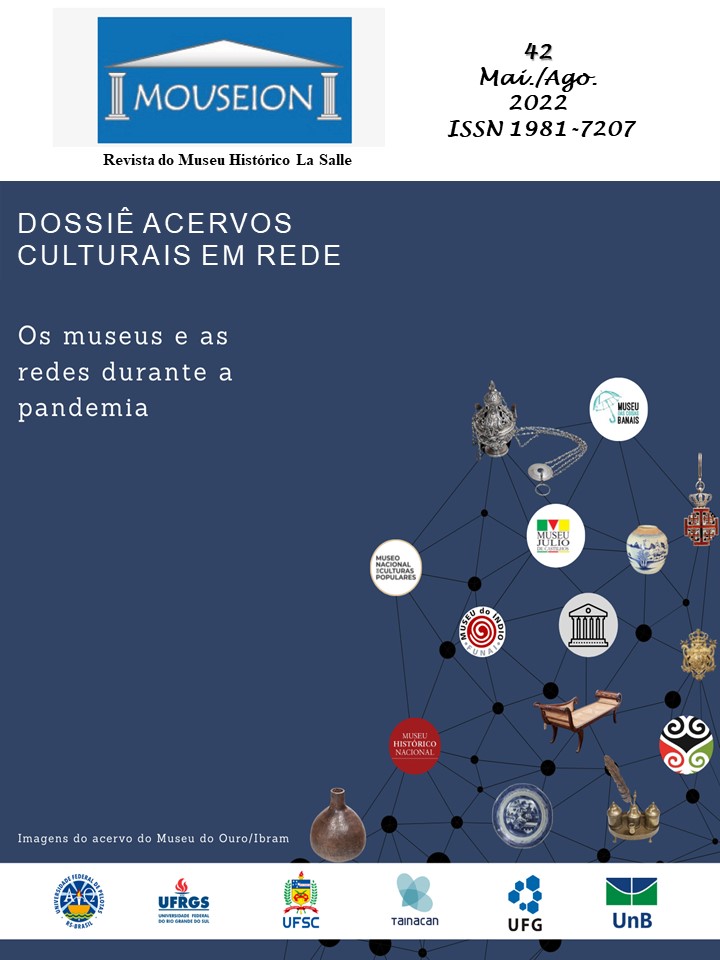Mulheres de Machado: personagens machadianas em cena
DOI:
https://doi.org/10.18316/mouseion.v0i42.8341Palabras clave:
Mulheres, cultura, teatro, Machado de AssisResumen
O presente artigo pretende analisar a contemporaneidade e o uso didático do texto de Machado de Assis adaptado para a peça teatral intitulada Mulheres de Machado (ROSA, 2008) e sua manifestação cultural como forma de expressão artística. O roteiro foi escrito para celebrar os 100 anos da morte de Machado de Assis com o propósito de ser encenado na Universidade La Salle, em Canoas-RS, por alunos e professores do curso de Letras. O texto reúne personagens de diversos livros, ambientado na Confeitaria Colombo, no Rio de Janeiro, cujas personagens femininas são apresentadas pelo próprio autor, e em suas conversas, percebe-se o cenário da época entre 1880 e 1890, seus costumes e ideias. Dessa forma, o texto dramático apresenta elementos propícios a uma análise da cultura subjacente ao texto, valorizando a expressão artística da literatura e do teatro. Para a análise, parte-se do conceito de cultura apresentado por Ernst Cassirer (2012) quanto ao estudo político e social do homem e a tarefa de uni-los. Também estará presente neste estudo uma breve discussão acerca da adaptação do texto literário ao texto dramático a partir dos estudos de Hucheon (2013). Espera-se com este estudo elucidar a cultura brasileira e artística do texto literário e do texto dramático a partir dos escritos do consagrado escritor brasileiro Machado de Assis.
Descargas
Publicado
Número
Sección
Licencia

O Periódico Mouseion, Revista Eletrônica do Museu e Arquivo Histórico La Salle em http://www.revistas.unilasalle.edu.br/index.php/Mouseion foi licenciada com uma Licença Creative Commons - Atribuição - Uso Não Comercial 3.0 Não Adaptada.


